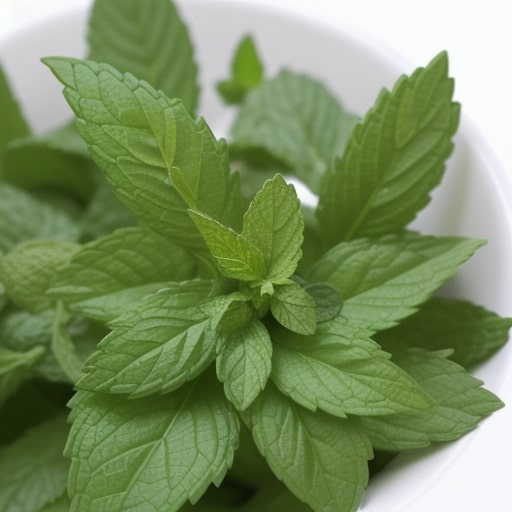Mint, with its refreshing aroma and distinctive flavor, is a versatile herb that has been cherished for centuries. Whether you’re sipping on a soothing cup of mint tea or garnishing a delicious dessert, this herb has found its way into kitchens, gardens, and holistic medicine practices worldwide. In this article, we will delve into the rich history, various species, culinary uses, health benefits, and practical gardening tips related to this beloved herb.
A Flavorful History:
Mint’s history dates back to ancient times, with documented use in culinary and medicinal applications in both Eastern and Western cultures. Its mention can be found in texts from as early as ancient Egypt and Greece, where it was revered for its soothing properties and refreshing taste. The Romans prized mint for its culinary versatility, using it to enhance their cuisine and create fragrant oils and perfumes.
Diverse Varieties:
Mint is not a single herb but a diverse family of species and cultivars. Some of the most common varieties include spearmint, peppermint, and chocolate mint, each possessing its own unique flavor profile and characteristics. Spearmint, with its mild, sweet taste, is often used in culinary dishes and beverages, while peppermint delivers a potent, menthol-infused flavor ideal for candies and teas. The lesser-known chocolate mint offers a delightful combination of minty freshness and hints of chocolate.
Culinary Delights:
The culinary applications of mint are boundless. It can be used in both savory and sweet dishes to add a burst of flavor. Mint leaves are frequently used in salads, cocktails, and as a garnish for desserts. In Middle Eastern and Indian cuisine, it’s a key ingredient in dishes like tabbouleh and mint chutney. Mint also shines in beverages, from classic mint juleps to refreshing mojitos.
Health Benefits:
Beyond its culinary uses, mint boasts an array of health benefits. Its menthol content can alleviate digestive discomfort and soothe upset stomachs. Mint tea is a popular remedy for indigestion and nausea. Additionally, mint’s natural antimicrobial properties make it useful in oral care products, providing a refreshing and germ-fighting solution.
Gardening Tips:
Growing mint in your garden is not only rewarding but also relatively easy. Mint thrives in well-drained soil and partial sunlight. It’s a resilient herb that can be invasive, so planting it in containers is recommended to prevent it from taking over your garden. Regular pruning helps maintain its growth and flavor.
Conclusion:
In summary, mint is a beloved herb that transcends cultures and centuries. Its rich history, diverse varieties, culinary versatility, health benefits, and ease of cultivation make it a prized addition to any kitchen and garden. So, the next time you encounter the refreshing aroma of mint, savor its multifaceted delights and appreciate the wonders this remarkable herb has to offer. Whether you’re crafting a delectable dish or seeking natural remedies, mint is a true herbal treasure.

